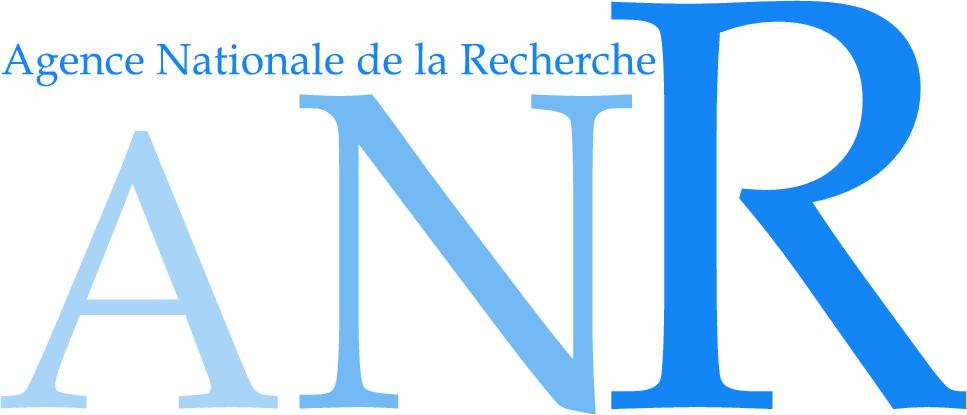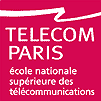|
|

|
CT/PET non-linear registration with a breathing model |

|
Keywords: CT volumes, PET volumes, non-linear registration with rigidity constraints, breathing model
Abstract:
This work was supported by a grant from ANR (French Agency for Research) for the project MARIO (Modélisation de l'Anatomie normale et pathologique pour le Recalage non linéaire entre Images CT et TEP en
Oncologie). In the context of thoracic images, our goal is to propose methods in order to locate and track tumors of the lungs precisely for oncological applications. PET and CT volumes provide complementary informations for these applications. However, CT/PET registration is difficult.
The method is based on a first segmentation of the lungs in the PET and the CT volumes. Then, the registration follows these steps:
Compute the rigid transformation between the tumors in CT and in PET;
Define and select points of interest (landmarks) on the surface of the lungs;
Compute the transformation between the PET and the CT volumes by using constraints on the tumors (rigid elements) and the landmarks correspondences.
For the selection of landmarks, we used the mean and the Gaussian curvatures: voxels with high curvatures are selected. In order to obtain a uniform selection, we also added voxels of interest in the areas with non-zero curvatures (flat areas).
To obtain a realistic deformation between the PET and the CT volumes, we introduced a breathing model in the registration process. CT volumes, in fact meshes, are simulated at different instants of the breathing cycle and the closest CT mesh to the PET mesh is selected. The transformation between the original CT and the PET volumes is computed with the registration between the closest CT and the original PET (estimated with the Iterative Closest Point, ICP, algorithm) and the registration between the closest CT and the original CT (given by the breathing model). Consequently, the introduction of the breathing model allows to obtain more realistic correspondences between landmarks on the CT and the PET volumes.
Publications
Antonio Moreno, Sylvie Chambon, Anand P. Santhanam, Jannick P. Rolland, Elsa Angelini et Isabelle Bloch. " Thoracic CT-PET Registration Using a 3D Breathing Model ". In International Conference on Medical Image Computing and Computer Assisted Intervention -- MICCAI 2007, Part I, LNCS 4791, pages 626-633, Brisbane, Australia, october 2007.
Antonio Moreno, Sylvie Chambon, Anand P. Santhanam, Jannick P. Rolland, Elsa Angelini and Isabelle Bloch. " Thoracic CT-PET Registration Using a 3D Breathing Model ". In International Conference on Medical Image Computing and Computer Assisted Intervention -- MICCAI 2007, Part I, LNCS 4791, pages 626-633, Brisbane, Australia, October 2007.
Sylvie Chambon, Antonio Moreno, Anand P. Santhanam, Roberta Brocardo, Jannick P. Rolland, Elsa Angelini and Isabelle Bloch. " CT-PET Landmark-based Registration Using a Dynamic Lung Model ". In International Conference on Image Analysis and Processing - ICIAP, p. 691–696, Modena, Italy, September 2007.